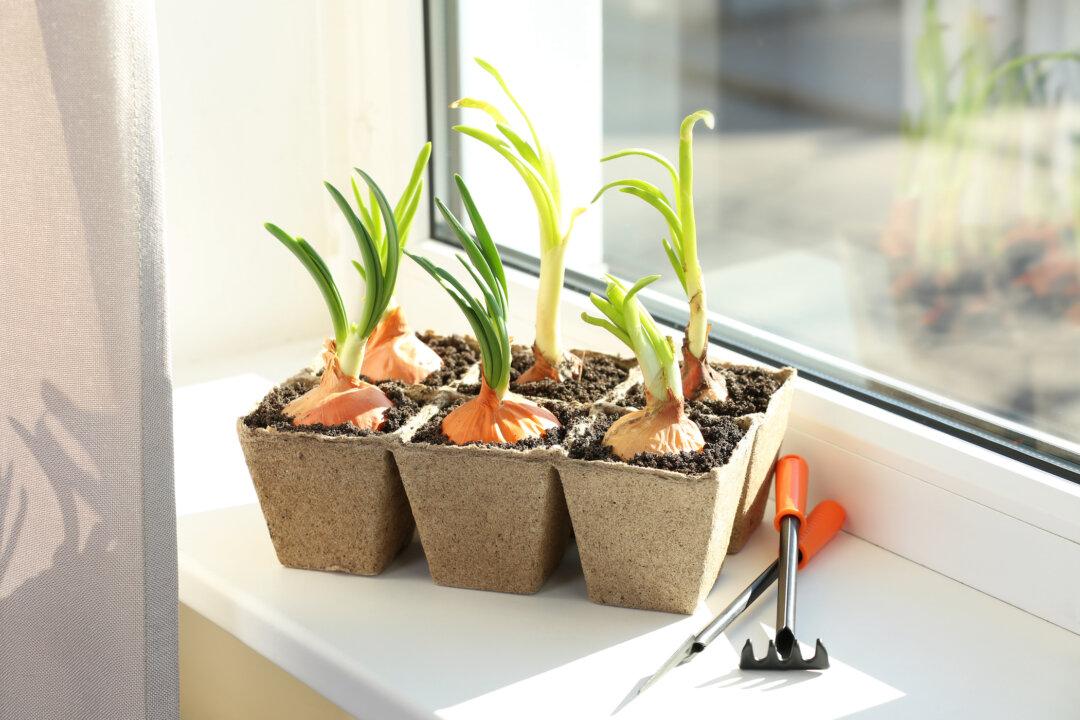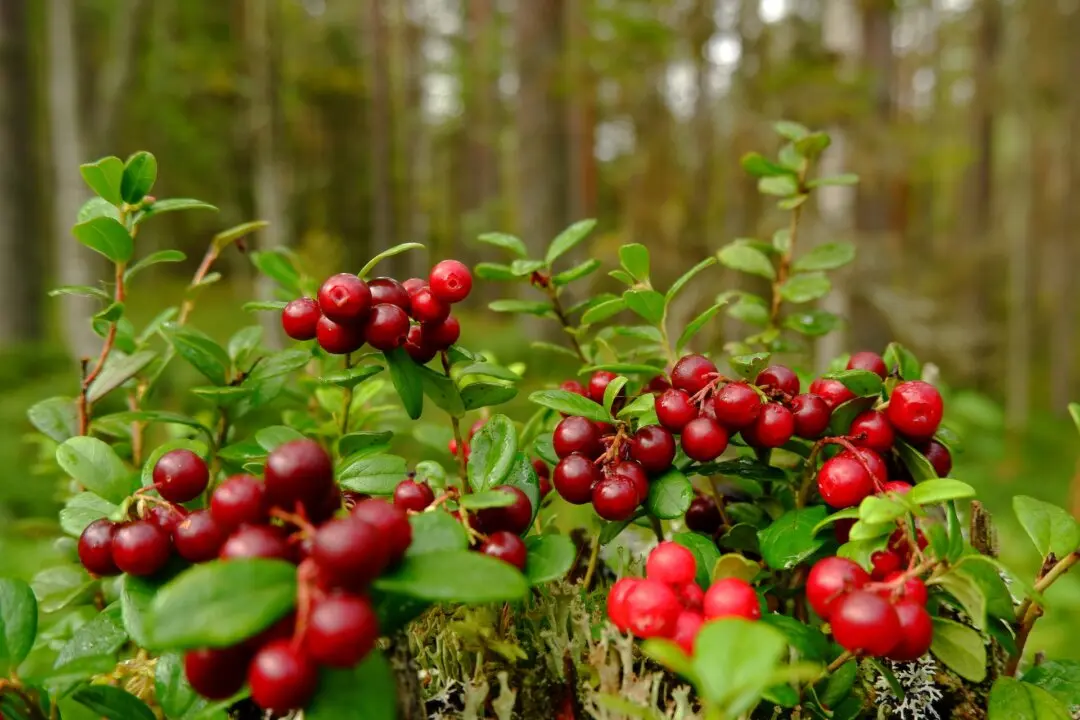Q: The house we just moved to has a huge sunroom. I have had a small veggie garden in the past, but this sunroom seems to have so much potential for growing vegetables over the winter in pots. I have never had much success with houseplants and have never tried a vegetable indoors. What tips can you give me?
A: Since it sounds like this is a new room to you, I wonder if it is heated, and I wonder how you will handle water and drainage. Is this a separate room you get to with doors, or is it an open part of the house? In other words, will it stay warm like the house, or will you need to heat it separately? It may be easy to carry water into the room to water plants, but where will the water go if it spills out of the trays under the plants? Will the floor be damaged? Is the floor concrete, tile, or wood?





